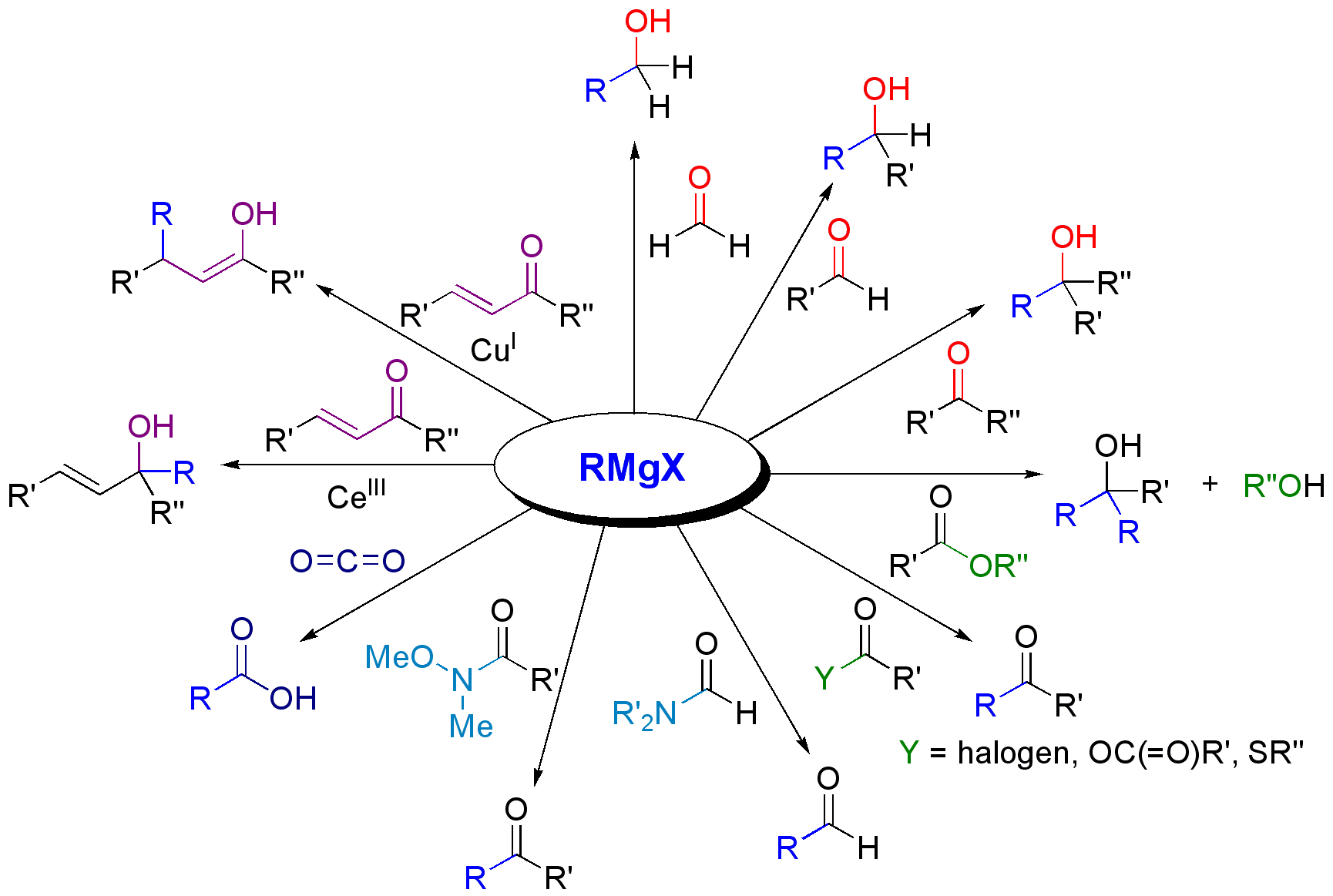|
Pentamagnesium Digallide
Pentamagnesium digallide, also known as magnesium gallide(−V), is a chemical compound in the family of magnesium gallides (MgxGay). This compound has gallium in the rare oxidation state −5 and is produced by splat quenching of a molten mixture of magnesium and gallium Gallium is a chemical element; it has Chemical symbol, symbol Ga and atomic number 31. Discovered by the French chemist Paul-Émile Lecoq de Boisbaudran in 1875, elemental gallium is a soft, silvery metal at standard temperature and pressure. ... metal then heating the resulting substance to 350 °C: :5Mg + 2Ga → Mg5Ga2 It is an unwanted product when magnesium-gallium alloys are exposed to high temperatures. References {{Gallium compounds Magnesium compounds Gallium compounds ... [...More Info...] [...Related Items...] OR: [Wikipedia] [Google] [Baidu] |
Splat Quenching
Splat quenching is a metallurgical, metal morphing technique used for forming metals with a particular crystal structure by means of extremely rapid quenching, or cooling. A typical technique for splat quenching involves casting molten metal by pouring it between two massive, cooled copper rollers that are constantly chilled by the circulation of water. These provide a near-instant quench because of the large surface area in close contact with the melt. The thin sheet formed has a low ratio of volume relative to the area used for cooling. Products that are formed through this process have a crystal structure that is near-amorphous, or non-crystalline. They are commonly used for their valuable magnetic properties, specifically high magnetic permeability. This makes them useful for magnetic shielding and for low-loss transformer cores in electrical grids. Procedure The process of splat quenching involves rapid quenching or cooling of molten metal. A typical procedure for splat qu ... [...More Info...] [...Related Items...] OR: [Wikipedia] [Google] [Baidu] |
Magnesium
Magnesium is a chemical element; it has Symbol (chemistry), symbol Mg and atomic number 12. It is a shiny gray metal having a low density, low melting point and high chemical reactivity. Like the other alkaline earth metals (group 2 of the periodic table), it occurs naturally only in combination with other elements and almost always has an oxidation state of +2. It reacts readily with air to form a thin Passivation (chemistry), passivation coating of magnesium oxide that inhibits further corrosion of the metal. The free metal burns with a brilliant-white light. The metal is obtained mainly by electrolysis of magnesium Salt (chemistry), salts obtained from brine. It is less dense than aluminium and is used primarily as a component in strong and lightweight magnesium alloy, alloys that contain aluminium. In the cosmos, magnesium is produced in large, aging stars by the sequential addition of three Helium nucleus, helium nuclei to a carbon nucleus. When such stars explo ... [...More Info...] [...Related Items...] OR: [Wikipedia] [Google] [Baidu] |
Gallium
Gallium is a chemical element; it has Chemical symbol, symbol Ga and atomic number 31. Discovered by the French chemist Paul-Émile Lecoq de Boisbaudran in 1875, elemental gallium is a soft, silvery metal at standard temperature and pressure. In its liquid state, it becomes silvery white. If enough force is applied, solid gallium may fracture conchoidal fracture, conchoidally. Since its discovery in 1875, gallium has widely been used to make alloys with low melting points. It is also used in semiconductors, as a dopant in semiconductor substrates. The melting point of gallium, , is used as a temperature reference point. Gallium alloys are used in thermometers as a non-toxic and environmentally friendly alternative to Mercury (element), mercury, and can withstand higher temperatures than mercury. A melting point of , well below the freezing point of water, is claimed for the alloy galinstan (62–95% gallium, 5–22% indium, and 0–16% tin by weight), but that may be t ... [...More Info...] [...Related Items...] OR: [Wikipedia] [Google] [Baidu] |
Magnesium Compounds
Magnesium compounds are compounds formed by the element magnesium (Mg). These compounds are important to industry and biology, including magnesium carbonate, magnesium chloride, magnesium citrate, magnesium hydroxide (milk of magnesia), magnesium oxide, magnesium sulfate, and magnesium sulfate heptahydrate (Epsom salts). Inorganic compounds Hydrides, halides and oxo-halides Magnesium hydride was first prepared in 1951 by the reaction between hydrogen and magnesium under high temperature, pressure and magnesium iodide as a catalyst. It reacts with water to release hydrogen gas; it decomposes at 287 °C, 1 bar: : MgH2 → Mg + H2 Magnesium can form compounds with the chemical formula MgX2 (X=F, Cl, Br, I) with halogens. Except for magnesium fluoride, the halides are easily soluble in water, but the solubility of magnesium fluoride is higher than that of other alkaline earth metal fluorides. High-purity magnesium fluoride is produced industrially by the reaction of m ... [...More Info...] [...Related Items...] OR: [Wikipedia] [Google] [Baidu] |

